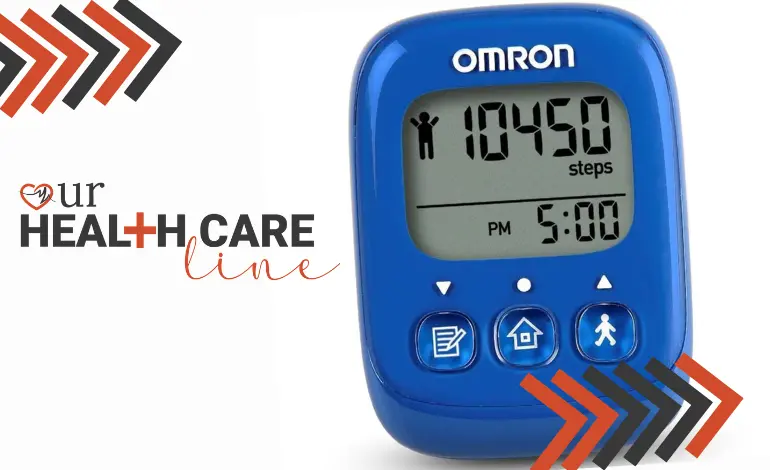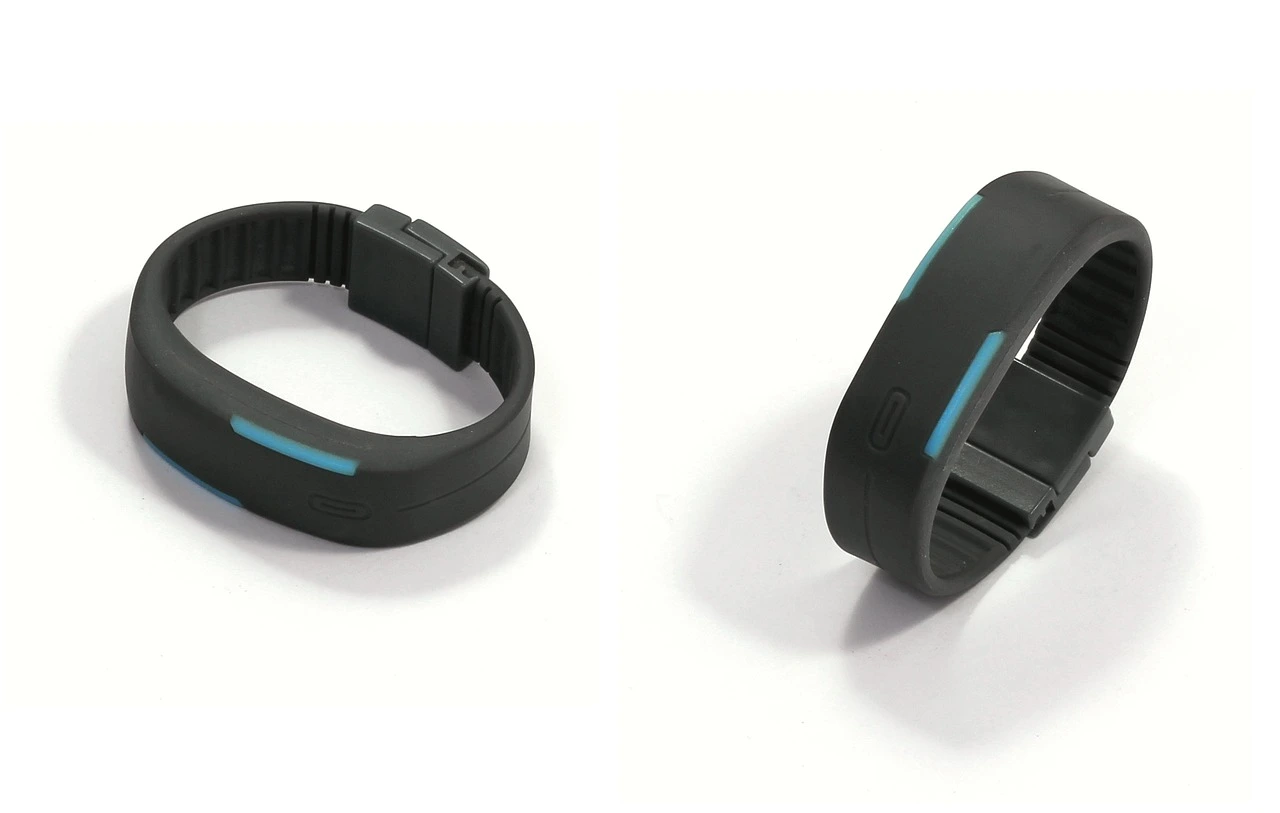
How Does a Pedometer Help People Reach Their Fitness Goals?
Learn how a pedometer helps people reach their fitness goals. Explore the benefits of using a pedometer to track your steps and stay motivated on your path to better health.
Understanding the Basics
Before diving into the benefits of using a pedometer, let’s understand what it is. A pedometer is a small electronic device designed to count the number of steps a person takes. It can be worn on the waistband, in a pocket, or even on a wrist like a smartwatch. Modern pedometers come equipped with advanced features such as distance tracking, calorie estimation, and even heart rate monitoring.
How Does a Pedometer Help People
Now, let’s explore how pedometers can assist individuals in their quest for improved fitness and overall well-being.
Introduction
Pedometers have become popular tools in the world of fitness and health for their ability to aid individuals in achieving their fitness goals. In this comprehensive discussion, we will delve into the various ways pedometers assist in this endeavor, highlighting five key points: setting and tracking goals, motivation and accountability, monitoring overall activity, encouraging consistency, and tracking progress over time.
Setting and Tracking Goals
How Does a Pedometer Help People Reach Their Fitness Goals? Setting and tracking goals are essential aspects of any fitness journey. Pedometers play a pivotal role in this process. They provide individuals with a practical means to set and monitor daily step goals. Let’s explore this point in depth.
Setting achievable goals is crucial for those seeking to improve their fitness. Often, individuals embark on their fitness journeys with ambitious objectives, which can lead to burnout and disappointment. However, a pedometer helps by allowing you to establish a baseline activity level. You can start by recording your daily steps for a week or two without any specific target. This initial data collection provides insight into your current activity levels.
With this baseline data, you can then set realistic daily step goals. These goals should challenge you without being overwhelming. For instance, if your current average daily step count is 5,000, you might set an initial goal of 7,000 steps per day. The gradual increase from your baseline activity makes the process sustainable and less intimidating.
How Does a Pedometer Help People Reach Their Fitness Goals?
In practical terms, you can input your daily step goal into your pedometer. It then becomes your daily target. As you go about your day, the pedometer keeps track of your steps, showing your progress in real time. If you notice you’re falling short of your goal, it serves as a gentle reminder to get moving. This feature makes pedometers highly effective in helping individuals set and achieve daily step goals.
Motivation and Accountability
The second point of discussion centers on motivation and accountability. Pedometers provide real-time feedback, fostering motivation by allowing individuals to see their progress throughout the day. This sense of accountability to oneself can significantly impact fitness goals.
How Does a Pedometer Help People Reach Their Fitness Goals?
When you know that your activity is being monitored, you’re more likely to stay motivated. This is a psychological effect that plays a vital role in helping people reach their fitness goals. If your pedometer indicates that you’re close to reaching your daily step goal, you’re more likely to take that extra walk, choose the stairs over the elevator, or engage in physical activities during your day.
This sense of competition with yourself can be a powerful motivator. It turns the pursuit of fitness into a personal challenge, driving you to push harder and do better each day. As you consistently meet or exceed your daily step goals, you build a sense of accomplishment, which in turn fuels your motivation to continue on your fitness journey.
Moreover, accountability is a fundamental aspect of reaching fitness goals. Knowing that your pedometer is keeping track of your steps holds you responsible for your daily activity levels. You’re less likely to skip workouts or become sedentary when you’re aware that your pedometer is observing your efforts.
Monitoring Overall Activity
Beyond simply counting steps, pedometers have evolved to offer comprehensive activity tracking. This includes features such as calculating the distance traveled and estimating calories burned during various activities. Some advanced pedometers even incorporate heart rate monitoring, providing insights into the intensity of workouts.
How Does a Pedometer Help People Reach Their Fitness Goals?
The ability to monitor overall activity is a key component of how pedometers assist in achieving fitness goals. Let’s explore this in detail.
Distance tracking is valuable as it allows individuals to assess how far they’ve moved throughout the day. This information is especially pertinent for those who engage in activities like running or cycling, where distance covered is a primary measure of progress. By tracking distance, you can set distance-based goals and gradually increase your fitness level.
Calorie estimation is another critical aspect of activity monitoring. It provides a rough estimate of the calories burned during your activities. For individuals with weight loss or maintenance goals, this information is invaluable. By knowing how many calories you’ve burned, you can better manage your calorie intake, creating a calorie deficit necessary for weight loss.
Heart rate monitoring takes pedometers to a more advanced level. This feature provides insights into the intensity of your workouts. For example, it can distinguish between a brisk walk and a vigorous run, offering a more accurate picture of your exercise intensity. This data allows you to tailor your workouts to achieve specific fitness objectives, such as improving cardiovascular fitness or burning more calories.
Encouraging Consistency
Consistency is often touted as the key to success in any fitness journey, and pedometers excel at encouraging and fostering this consistency.
How Does a Pedometer Helps People Reach Their Fitness Goals?
Consistency is crucial for achieving fitness goals, and pedometers play a vital role in establishing a daily routine. Here’s how they do it.
When you use a pedometer to track your daily steps and set achievable goals, you naturally develop a daily routine of physical activity. You become more mindful of your daily movement and prioritize incorporating exercise into your schedule. This consistency helps you form healthy habits, making it less likely that you’ll skip workouts or become sedentary.
Over time, the daily step goal you set with your pedometer becomes a part of your routine, much like brushing your teeth or having meals. It becomes an integral aspect of your day that you consistently work towards. This consistency is beneficial because it ensures that you engage in regular physical activity, which is essential for reaching fitness goals.
Furthermore, pedometers provide a sense of achievement each day as you meet your step goals. This positive reinforcement reinforces your commitment to maintaining your consistency. You start to associate physical activity with accomplishment, making it a pleasurable and habitual part of your life.
Tracking Progress Over Time
The final point we will discuss is tracking progress over time. Pedometers offer a unique advantage in this regard by recording daily activity data, which allows individuals to analyze their performance over weeks or months. This long-term perspective is invaluable for making necessary adjustments to fitness goals and strategies.
How Does a Pedometer Help People Reach Their Fitness Goals?
Tracking progress over time is a fundamental aspect of reaching and maintaining fitness goals. Let’s delve into this aspect in detail.
When you consistently use a pedometer to record your daily step counts and other activity metrics, you accumulate a wealth of data over time. This data is a treasure trove of information about your fitness journey. It enables you to identify trends and patterns in your activity levels, helping you make informed decisions about your goals and strategies.
For example, by reviewing your activity data over the course of several months, you might notice that you consistently reach your step goals on weekdays but fall short on weekends. This insight can lead to the realization that you need to adjust your weekend routines to maintain consistency in your activity levels.
Additionally, tracking progress over time allows you to set new goals and adjust existing ones. As you reach and even surpass your initial step goals, you can increase the challenge by setting higher targets. This continuous progression ensures that your fitness journey remains dynamic and engaging.
Conclusion
Pedometers are powerful tools for helping individuals reach their fitness goals. They facilitate the process by enabling goal setting and tracking, providing motivation and accountability, monitoring overall activity, encouraging consistency, and allowing for progress tracking over time.
These devices have revolutionized the way people approach their fitness journeys, making them more informed, motivated, and successful in achieving their objectives. Whether you’re aiming to improve your cardiovascular fitness, lose weight, or simply lead a healthier lifestyle, a pedometer can be a valuable companion on your path to better health and fitness.
By setting achievable goals, staying motivated, monitoring various aspects of your activity, maintaining consistency, and tracking your progress, you can maximize the benefits of using a pedometer and take significant strides toward reaching your fitness goals.
Frequently Asked Questions (FAQs)
Q1: Can I use my smartphone as a pedometer?
Yes, many smartphones come with built-in pedometer apps that can count your steps. However, dedicated pedometer devices offer more accuracy and additional features for comprehensive fitness tracking.
Q2: How many steps should I aim for in a day?
The recommended daily step count varies from person to person, but a common goal is to aim for at least 10,000 steps a day. It’s essential to consult with a healthcare professional to determine a suitable target based on your fitness level and goals.
Q3: Are pedometers only for walking?
No, pedometers can track various physical activities, including running, cycling, and even swimming when used with waterproof models. They are versatile tools for overall fitness tracking.
Q4: Can pedometers help with weight loss?
Yes, pedometers can assist in weight management by tracking your daily activity and calorie expenditure. This information can help you make informed decisions about your diet and exercise routines.





